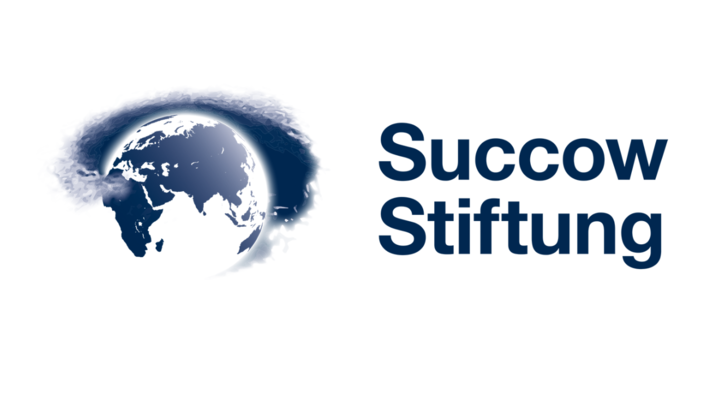Funders have a long history of supporting communities in need for direct help. As philanthropy has developed into a professional sector, this support has become embedded in complex theories of change that aim for shifting the systems in which communities are situated.
In the face of climate change, Direct Support remains an important funding strategy. When droughts, floods or storms hit, affected people and ecosystems require support for relief and reconstruction. This is particularly relevant for the vulnerable regions of the Global South.
Direct Support is not just reactive but also strategic in building long-term resilience. For example, when it comes to restoring ecosystems and the services they provide, e.g. by storing carbon or excessive rainfall.
KEY INSIGHTS
- Direct Support allows funders to have a visible impact in a specific location. Funders who use this strategy, therefore, find it relatively easy to plan for a specific impact and subsequently evaluate the success of such plan.
- When time is of the essence and where local needs are urgent, funders are well advised to use Direct Support as a funding strategy. Direct Support is an effective strategy particularly where other funding strategies fail to unfold their potential. For example, Political Advocacy takes time to bring about structural changes and its implementation requires basic capacities to be in place. For example, communities that lack basic services such as housing, health and schooling, find it more difficult to advocate for their rights and, indeed, to engage with NGOs receiving funding for running campaigns or pressuring decision-makers.
- Direct Support can create a basis for other funding strategies and nurture lasting changes (Goldsmith 2021). Although Direct Support is not primarily aimed at structural change, it allows for climate solutions to be piloted on a small scale. These pilots can build the evidence for best practices to be scaled up. What is more, best practices can be disseminated into the public and political sphere through Communication and Political Advocacy.



